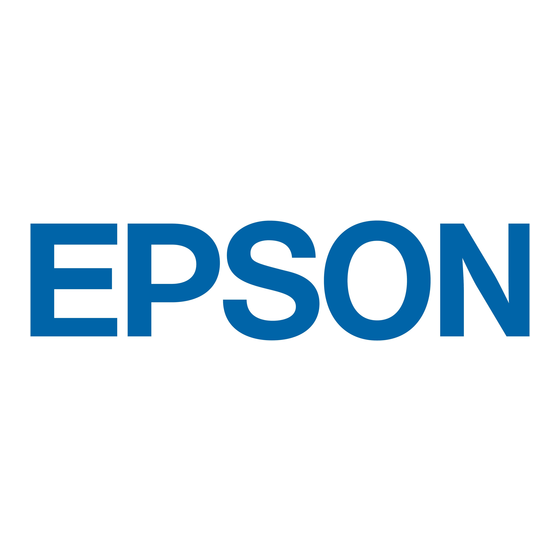Epson 1250 - Perfection Photo Flatbed Scanner Руководство - Страница 6
Просмотреть онлайн или скачать pdf Руководство для Программное обеспечение Epson 1250 - Perfection Photo Flatbed Scanner. Epson 1250 - Perfection Photo Flatbed Scanner 11 страниц. Color image scanner
Также для Epson 1250 - Perfection Photo Flatbed Scanner: Руководство пользователя (7 страниц), Базовое руководство (48 страниц), Бюллетень поддержки продуктов (34 страниц), Информация о продукте (4 страниц), Начните здесь (2 страниц), Бюллетень поддержки продуктов (23 страниц), Бюллетень поддержки продуктов (40 страниц), Технические характеристики (2 страниц), Декларация о соответствии (2 страниц), Бюллетень поддержки продуктов (17 страниц), Бюллетень поддержки продуктов (24 страниц), Бюллетень поддержки продуктов (29 страниц), Бюллетень поддержки продуктов (8 страниц), Бюллетень поддержки продуктов (3 страниц), Бюллетень поддержки продуктов (14 страниц), Бюллетень поддержки продуктов (18 страниц), Бюллетень поддержки продуктов (12 страниц), Бюллетень поддержки продуктов (40 страниц), Бюллетень поддержки продуктов (36 страниц), Бюллетень поддержки продуктов (11 страниц), Бюллетень поддержки продуктов (40 страниц), Бюллетень поддержки продуктов (22 страниц), Бюллетень поддержки продуктов (12 страниц), Бюллетень поддержки продуктов (21 страниц), Использование руководства (3 страниц), Руководство по настройке (2 страниц), (Английский) Настройки (2 страниц)

